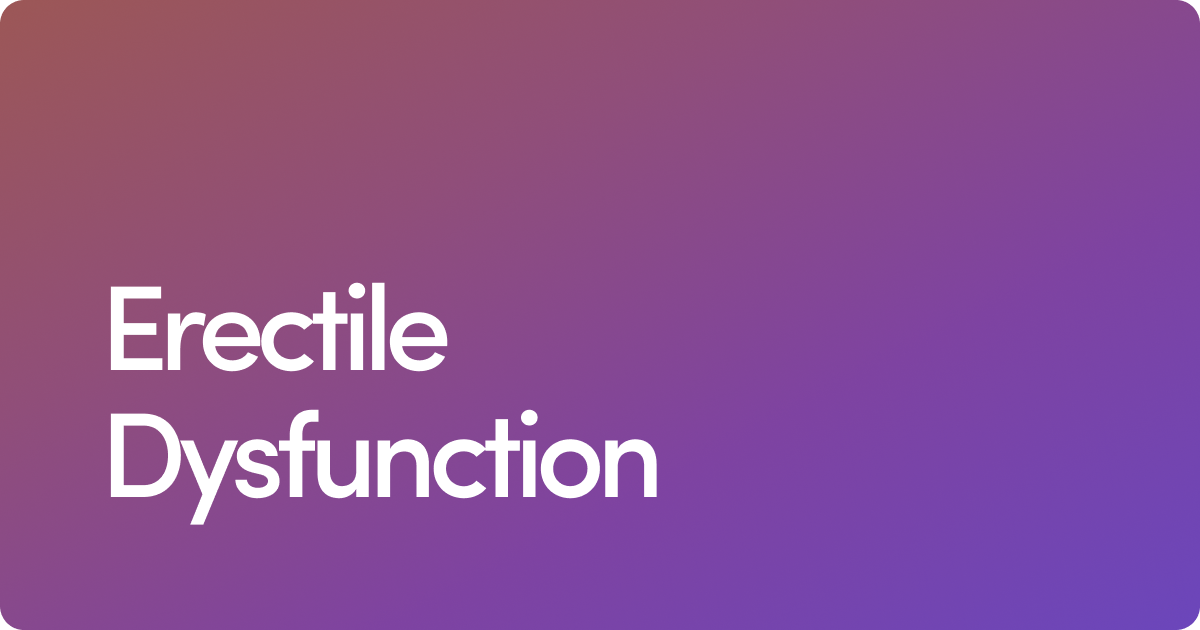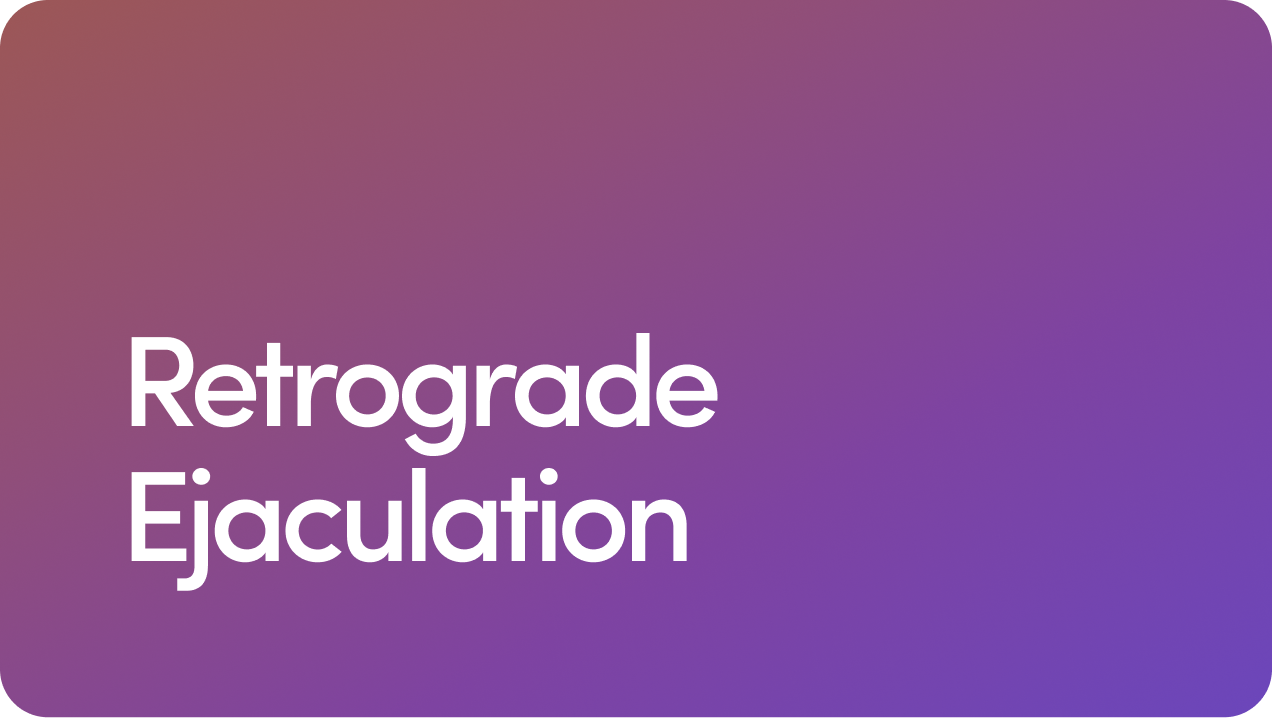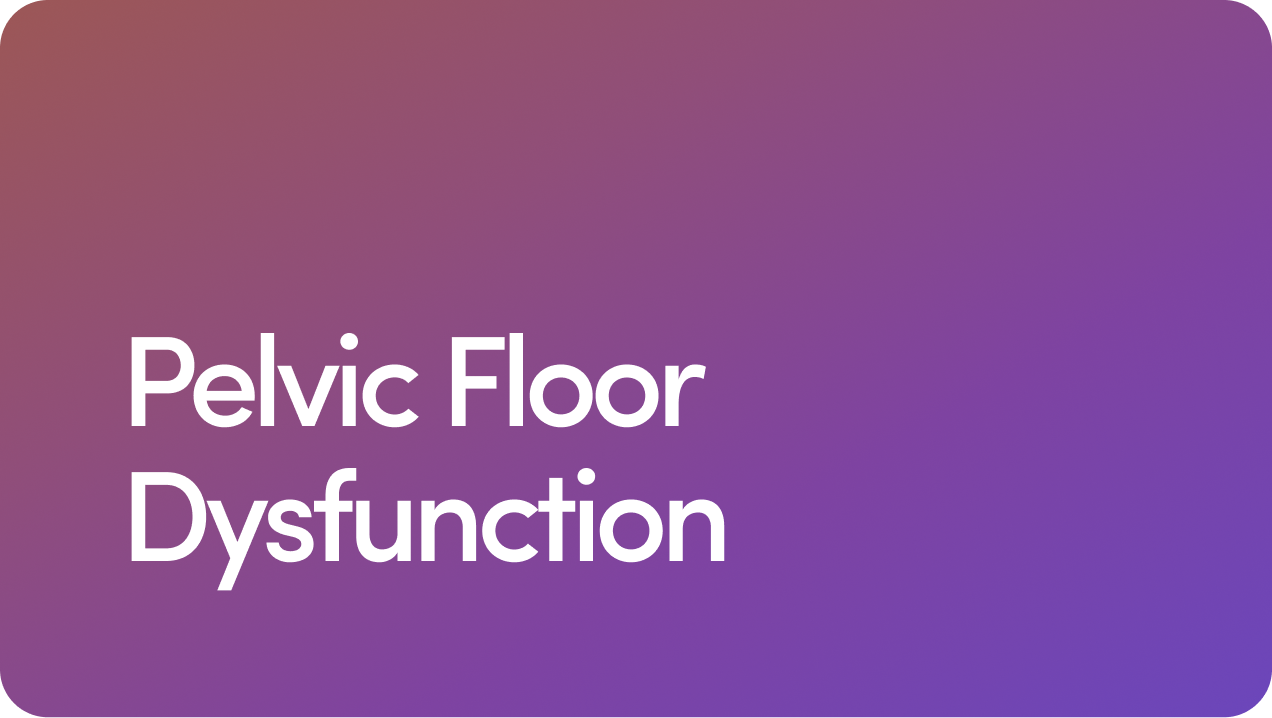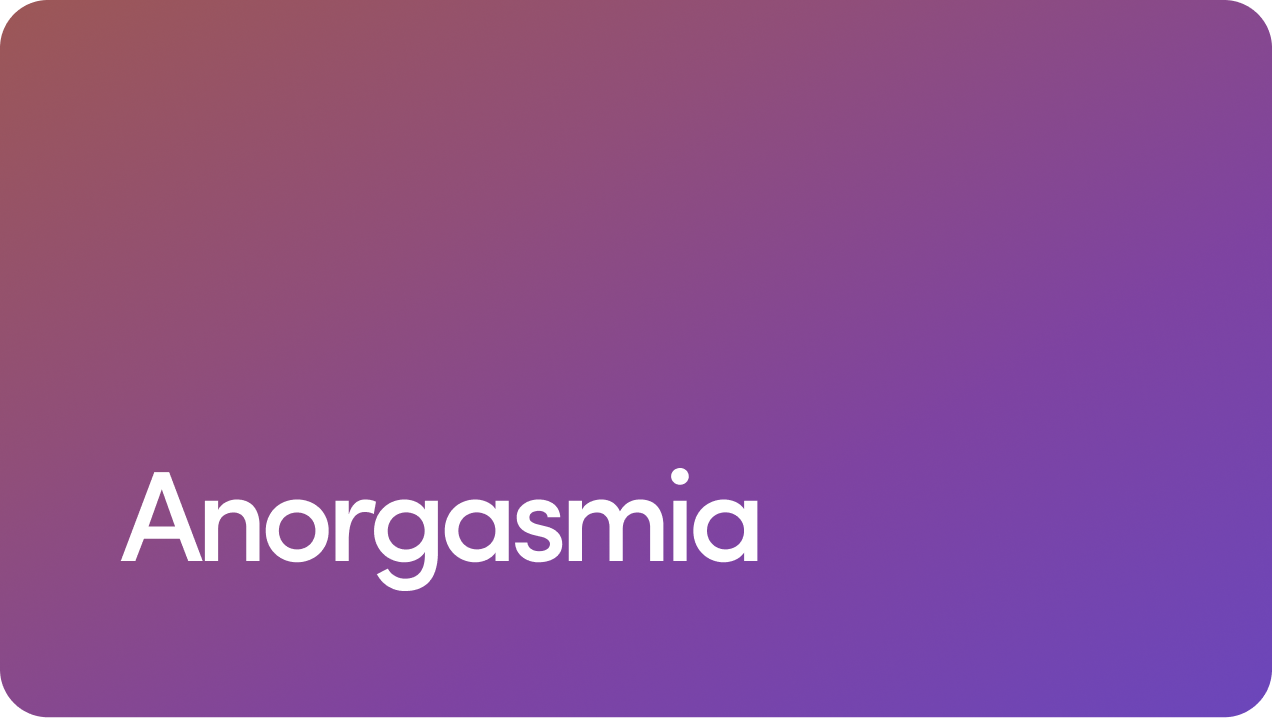Content
Increase testosterone and boost sex drive
Where Do You Fall on the Sexuality Spectrum?

From asexual and pansexual to demisexual and beyond, the sexuality spectrum is so vast and fluid, knowing exactly where you land on it might not be so simple.
It’s also not only a matter of awareness alone. Take, for instance, my religiously conservative upbringing, which only held space for two options: gay or straight. But, in general, it wasn’t a matter about which I spoke much.
Though I could identify that I felt attraction to more than one gender identity even as a child, I kept this information to myself. I didn’t ultimately learn how to discuss my sexual identity until adulthood.
But, sexuality isn’t necessarily static, either. Even if you know where you land on the sexuality spectrum at a certain point in your life, it’s possible to change. Some research concludes that a person’s reported orientation may shift after learning a bit more about the spectrum itself.
A 2021 study of heterosexual university students found that after reading about sexual fluidity and sexuality existing on a continuum, some participants reported more openness in their own sexual orientation. They indicated feeling more willing to have same-sex experiences.
So, whether or not you know (or think you know) where you fall on the sexuality spectrum, it could be valuable to better understand what it all means. Keep reading to learn more about what the sexuality spectrum entails, how to distinguish one sexual and romantic orientation from another, and how to figure out what term to use when it comes to your own self-identification.
Content
Is Sexuality a Spectrum?
Though sexuality is often discussed in terms of three distinct categories—heterosexual, homosexual, and bisexual—research conducted over several decades has pointed to sexual orientation existing on a continuum.
On one end, there’s the exclusive attraction to the opposite sex. On the other end, there is the exclusive attraction to the same sex. Between the two is a variety of ways human beings experience sexual attraction.
“Most people think about sexuality like a line between gay and straight, but it’s more accurate to treat it like a language—with dialects, slang, and fluid meanings that evolve based on experience, safety, and desire. It's not fixed; it's responsive,” says Hannah Foxx, an intimacy coach, sex educator, and legal courtesan in Nevada.
Foxx, who has spent the last decade helping people explore their sexual identity, orientation, and expression, says it can be helpful to view sexuality as fluid because doing so creates space for curiosity rather than guilt. “When people treat their sexual identity as a destination, they feel like they’re failing if they change or don’t have a clear label.”
Consider the aforementioned 2021 study where participants altered their sexual orientation after learning about additional ways to describe sexual and romantic feelings. The study authors explain that we come to understand and label our sexuality partly as a result of the concepts and language that are available to us. As the full spectrum of sexual identities become more widely known, we may see major shifts in how people identify and express their sexuality.
Is Gender a Spectrum?
Like human sexuality, a person’s gender also exists on a spectrum. While sexual orientation is about who you feel sexual attraction to, gender identity is about who you are—male, female, non-binary, genderqueer, etc.
Thinking about gender as a spectrum rejects the idea that only two genders exist—male and female—or that your gender is automatically the same as your biological sex.
Here’s how to separate the concepts:
Biological sex. Defined by biological characteristics like your chromosomes, reproductive organs, and hormones. This is often assigned at birth and goes on your birth certificate.
Gender expression/identity. How you feel internally and express your gender through clothing, appearance, and behavior.
If your gender identity aligns with your biological sex, you’re defined as a cisgender person. If your gender identity differs from your biological sex, you may identify as transgender, trans, or nonbinary.
Why does this matter? Discussing the various forms of sexual orientation on the spectrum brings about a lot of discourse about gender. For this reason, it’s helpful to remember that gender doesn’t necessarily align with biological sex. Knowing that gender and sexuality exist on spectrums allows room for diverse human identities and experiences.
Then again, you can skip labeling altogether, particularly if doing so makes you feel as if you’re confined to a box. If that’s the case, feel free to climb on out.
What Are the Spectrums of Sexuality?
There are a variety of scales sexual researchers have developed to define sexual orientation. The three we’ll mention here are:
The Kinsey Scale
The Klein Sexual Orientation Grid
The Split Attraction Model
The Kinsey Scale
Developed in the 1940s by Dr. Alfred Kinsey of the Kinsey Institute, the Kinsey Scale defines sexuality on a scale of zero to six, with zero being exclusively heterosexual (attracted to the opposite sex) and six being solely homosexual (attracted to the same sex).
What is the 6 point sexuality scale?
0. Exclusively heterosexual
1. Predominantly heterosexual, only incidentally homosexual
2. Predominantly heterosexual, but more than incidentally homosexual
3. Equally heterosexual and homosexual
4. Predominantly homosexual, but more than incidentally heterosexual
5. Predominantly homosexual, only incidentally heterosexual
6. Exclusively homosexual
Dr. Kinsey also provided an additional category, X, which referred to “no socio-sexual contacts or reactions,” more commonly known now as asexual (a sexual orientation in which individuals have little to no sexual attraction to others or interest in sexual activity).
The Klein Sexual Orientation Grid
Created in the 1970s by Dr. Fritz Klein, the Klein Sexual Orientation Grid (KSOG) measures a person's sexual orientation based on seven variables:
Attraction
Behavior
Fantasy
Social preference
Emotional preference
Self-identification
Lifestyle
These characteristics are also measured in the past and present and, as an ideal for a total of 21 ratings.
The Split Attraction Model
The asexual community developed the Split Attraction Model as a way to help define the intricacies of their orientation. The model helps to explain how individuals who are asexual may still experience romantic attraction by distinguishing it from sexual attraction. Moreover, the model recognizes that people can experience sexual and romantic attraction differently.
Romantic orientation is often expressed according to what gender the person is romantically attracted, in relation to their own:
Heteroromantic. Being romantically attracted to the opposite gender.
Homoromantic. Being romantically attracted to the same gender.
Biromantic. Being romantically attracted to multiple genders.
Aromantic. Not being romantically attracted to anyone.
Panromantic. Being romantically attracted to someone, regardless of gender.
The sexuality spectrum is an umbrella term for various types of sexual and romantic attraction. The most common include:
Heterosexuality
Homosexuality
Bisexuality
Asexuality
Pansexuality
Demisexuality
Gray sexuality
Queer
Heterosexuality
The prefix “hetero” means “different” or “other.” A person who identifies as heterosexual is, therefore, attracted to or aroused by a person of the opposite sex or gender. Heterosexual is also often referred to as “straight.”
While it’s impossible to know how many people are heterosexual, a recent Gallup poll of more than 12,000 Americans aged 18 and older found that 85.6 percent identified as heterosexual, and 7.6% identified as LGBTQ+.
Homosexuality
The prefix “homo” means “same” or “identical.” A person who identifies as homosexual is, therefore, attracted to or aroused by individuals of the same gender or sex. This includes gay men who are attracted to other men, and lesbians who are women attracted to other women.
That same Gallup poll mentioned above concluded that homosexual people represent slightly more than 1 percent of U.S. adults and roughly one in six LGBTQ+ adults.
Bisexuality
The prefix “bi” means “two” or “twice.” A person who identifies as bisexual is attracted to individuals of the same gender and different genders.
According to the Gallup poll, bisexual adults comprise the largest proportion of the LGBTQ+ population. Over 4 percent of U.S. adults and more than 57 percent of LGBTQ+ adults identify as bisexual.
Asexuality
The prefix “a” means “without” or “not.” Though asexuality is characterized by a lack of sexual attraction, it’s merely an umbrella term encompassing a range of identities (the asexuality spectrum) related to a lack of or low sexual attraction, including asexuality itself. As we mentioned above, an asexual person may still form romantic relationships with others despite not being sexually attracted to them.
Pansexuality
The prefix “pan” means “all.” Fittingly, a pansexual person is attracted to people of all orientations. A person who identifies as pansexual may also say that they’re attracted to a person’s personality instead of their gender or sex.
Pansexuality is sometimes used interchangeably with omnisexuality. However, it shouldn’t be confused with spectrasexuality, in which a person is attracted to multiple genders but not all genders.
Demisexuality
The prefix “demi” means “half.” Demisexuality is a sexual orientation in which a person can only experience sexual attraction to someone with whom they have a deep emotional connection. Demis don’t feel sexual attraction based solely on physical appearance.
Similarly, a demiromantic only develops romantic feelings for someone after establishing an emotional connection.
Sapiosexuality
Sapiosexuality is a form of attraction where the other person’s intelligence takes center stage. For someone who identifies as sapiosexual, mental stimulation is essential and feeling drawn to someone’s mind and thinking is often a prerequisite for sexual attraction. It's not physical appearance but rather sharp conversation, deep thinking, or clever ideas that spark this person’s interest.
Graysexuality
A graysexual or grayromantic person experiences sexual or romantic attraction infrequently, with lower intensity, or only in specific circumstances. Part of the asexual spectrum, graysexuality is rooted in the idea that sexuality isn’t black or white. There’s a “gray area” that is more fluid, less defined, and equally valid.
Queer
According to GLAAD, the term “queer” is often used by younger people whose sexual orientation isn’t exclusively heterosexual. Individuals who identify as queer may consider the terms lesbian, gay, and bisexual too limiting or clouded by cultural connotations that don’t apply to them.
Where Is My Sexuality?
If you’re unsure how to define your sexuality or you have no interest in wearing a label, there’s nothing wrong with that. Questioning your sexuality is normal, especially when you consider how diverse the sexuality spectrum is. Being open to experimentation and remembering that your sexuality can change throughout your lifetime can help you come to terms with how you choose to identify.
Some questions that may help you gain more clarity include:
How do I feel toward different genders?
How do I feel toward my own gender?
What were some of the most fulfilling past relationships in my life? What was fulfilling about them?
Which labels resonate with my sexuality?
Have my sexual desires or attractions shifted over time?
What fears or anxieties do I have regarding sexual orientation?
If your sexuality is causing you anxiety or distress, you may want to seek the support of a sex therapist or sexologist.
These days, the sexual orientation that resonates most for me is pansexual or queer, though I’m starting to wonder if it might be easier to do away with labels entirely.
Your sexuality is yours to define in whatever terms you see fit. That’s the beauty of viewing sexuality on a spectrum. Here’s what we know:
Sexuality is fluid. Sexuality isn't a fixed or binary concept. It exists along a continuum, with a variety of orientations beyond just heterosexual, homosexual, and bisexual. This fluidity means that someone's sexual identity can evolve as they better understand their desires and attractions.
Sexual and romantic orientations differ. Sexual orientation (who you're attracted to sexually) and romantic orientation (who you're attracted to romantically) are two different things. An asexual person who lacks sexual attraction may still experience romantic attraction.
Gender and sexuality aren’t always linked to biological sex. Gender identity differs from biological sex, and both gender and sexuality exist on spectrums. A person's gender identity may not align with their biological sex, and acknowledging this gap allows space for a wider range of human experiences and identities.
Looking for more resources? Check out this article on how to become sexually confident, learn how to overcome sexual shame, and explore a range of sexual health products ranging from condoms and lube to sex toys and more.
2 Sources
- Draelos ZD. (2010).Essentials of hair care often neglected: Hair cleansing. https://journals.lww.com/ijot/fulltext/2010/02010/essentials_of_hair_care_often_neglected__hair.7.aspx
- Glace N, et al. (2022). Spiritual hair: dreadlocks and the bodies multiple in Rastafari. https://rai.onlinelibrary.wiley.com/doi/10.1111/1467-9655.13660?af=R
Editorial Standards
Hims & Hers has strict sourcing guidelines to ensure our content is accurate and current. We rely on peer-reviewed studies, academic research institutions, and medical associations. We strive to use primary sources and refrain from using tertiary references. See a mistake? Let us know at [email protected]!
This article is for informational purposes only and does not constitute medical advice. The information contained herein is not a substitute for and should never be relied upon for professional medical advice. Always talk to your doctor about the risks and benefits of any treatment. Learn more about our editorial standards here.
Felix Gussone, MD
Education
Doctor of Medicine - Ludwig-Maximilians-University, 2014
Other Certificates & Certifications
Board Certified Medical Affairs Specialist - Accreditation Council for Medical Affairs, 2024
Specialties & Areas of Focus
General Practice
Previous Work Experience
Manager, Medical Content & Education - Ro, 2021–2024
Senior Health Editor - Medium, 2019–2021
Associate Medical Producer - NBC News, 2015–2019
Production Assistant - CNN, 2015
Media Mentions & Features
Dr. Gussone has contributed widely to consumer health news media, including NBC News TODAY and NBC Nightly News, and has written about his own weight loss journey for CNN.
Why I Practice Medicine
Dr. Gussone discovered his passion for creating medical content and educating the public about health while working with CNN’s Dr. Sanjay Gupta. He realized that the media could deliver essential health information to millions, surpassing the reach of one-on-one care in a clinical setting.
Hobbies & Interests
Scuba diving, traveling, cinema, and perfume making
Related Conditions
 Erectile Dysfunction
Erectile Dysfunction
 Premature Ejaculation
Premature Ejaculation
 Low Testosterone
Low Testosterone
 Retrograde Ejaculation
Retrograde Ejaculation
 Pelvic Floor Dysfunction
Pelvic Floor Dysfunction
 Anorgasmia
Anorgasmia